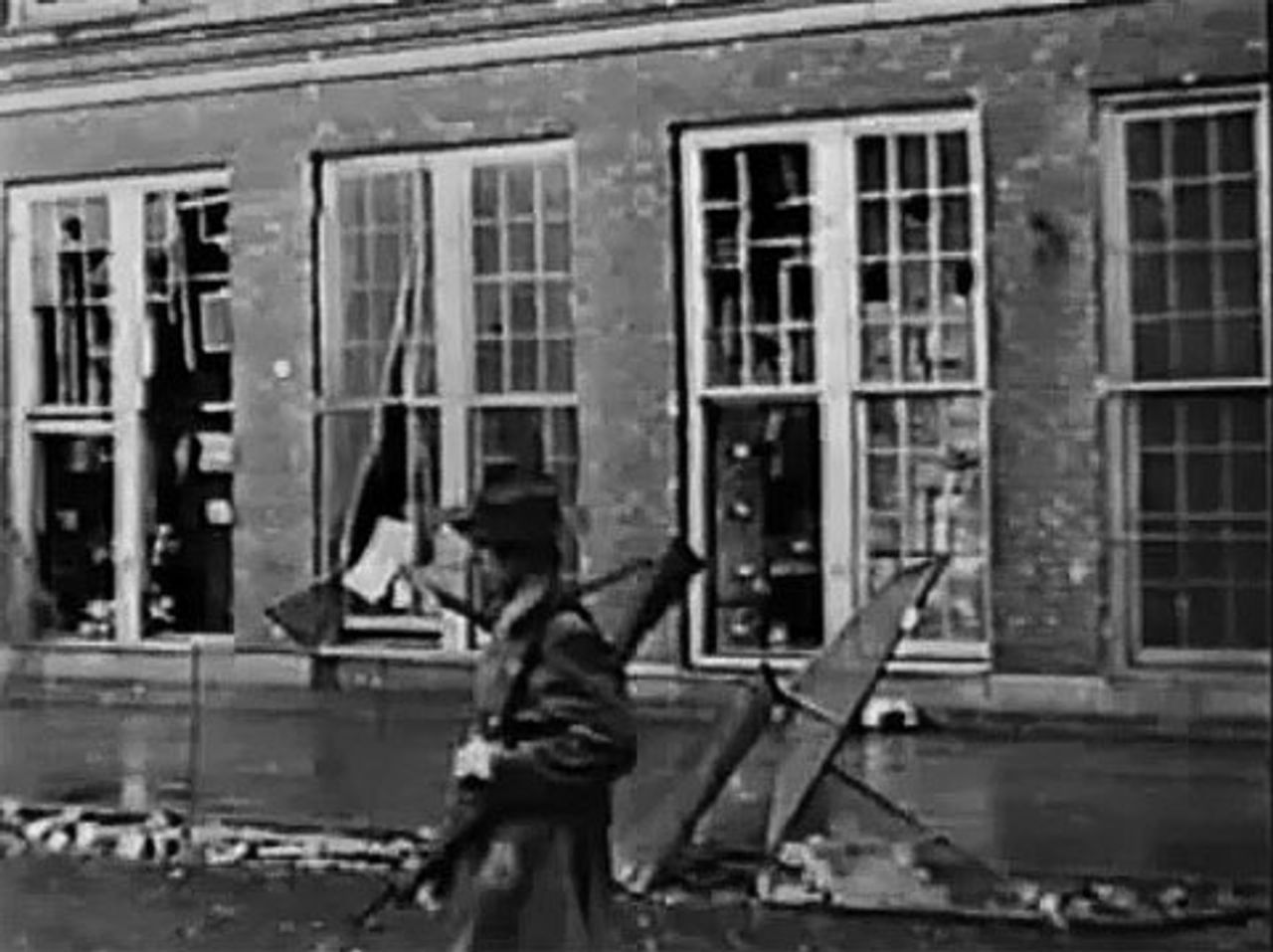Historic 1934 struggle Toledo Auto-Lite strikers face gas grenades from National Guardsmen
Toledo Auto-Lite strikers face gas grenades from National Guardsmen
This year marks the 75th anniversary of the Toledo, Ohio, Auto-Lite strike. From February until June 1934, the city of Toledo, Ohioa major industrial city on Lake Eriewas gripped by the workers struggle against the auto parts manufacturer, Electric Auto-Lite.
The struggle was led by socialist-minded workers and won broad support from the citys working class, a large portion of whom were unemployed due to the Great Depression. The strike ultimately prevailed in spite of vicious opposition and violence from the corporation and state authorities.
The Toledo Auto-Lite strike was quickly followed by two more major strikes led by socialist-minded workers, the Minneapolis Teamsters and San Francisco longshoremens strikes. The three battles announced social upheaval in the United States in response to the capitalist breakdown of 1929 and the mass suffering that it produced.
These strikes launched the proto-insurrectionary organization of industrial workers in the US. Prior to 1934, the American Federation of Labor (AFL)comprised primarily of skilled workershad ignored or opposed the strivings of such workers. The three great strikes of 1934 exposed the bankruptcy of the class collaborationist line of the AFLwhich in the midst of the Great Depression had been unable to achieve a single victory for workersand served as the catalyst for the formation of the Congress of Industrial Organizations (CIO).
 Broken windows in the plant
Broken windows in the plantHowever, the militant labor struggles in the 1930s did not lead to working class political independence from capitalist politics. The three strikes of 1934 jolted Roosevelt into adopting a more far-reaching program of social reforms, what historians have called the second New Deal. Without reform, Roosevelt feared revolution was in the offing. Those reforms helped cement a political alliance with the trade union bureaucrats and the Stalinist Communist Party, which in turn worked to subordinate working class struggle to the Democratic Party.
The failure of the US working class to build an independent political movement in the 1930s limited the efficacy of their strikes and organizing drives, no matter how militant. The price paid for the subordination of the labor movement to capitalist politics and the free market finds one finished expression in the destruction, over the past three decades, of the trade unions as working class organizations.
More here:
http://www.wsws.org/articles/2009/may2009/tole-m27.shtmlClick here to view some rare footage of the strikers battling the National Guard:
http://www.youtube.com/watch?v=qeueq3AO2v4